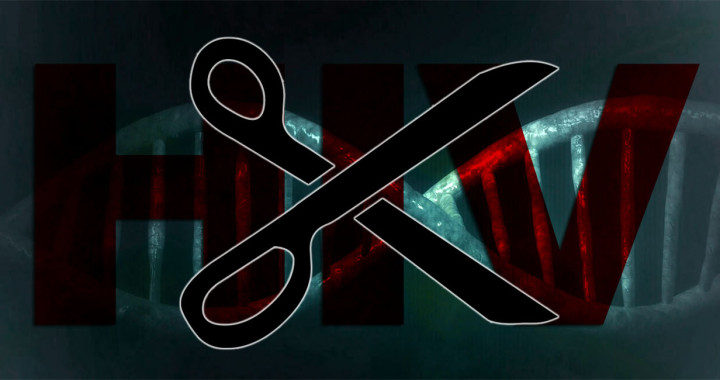Since the HIV virus can lurk in human cells, curing HIV infections is still a huge challenge so far. But in a recent study published in the journal Molecular Therapy, scientists at Temple University's Lukaz Medical School (LKSOM) and the University of Pittsburgh pointed out that they can remove HIV DNA from the genome of living animals, thereby eliminating further infections. . They were the first scientists to complete this feat in three different animal models, and their experiments included a humanized model in which they transplanted mice into human immune cells and infected them.
The research team is the first to demonstrate that the HIV-1 virus can be completely eliminated - using the powerful CRISPR/Cas9 gene editing technology to eliminate viruses in infected cells in animals.

The new work was led by Wenhui Hu and others, associate professor of pathology at Temple University, based on a proof-of-concept study published in the research team in 2016. In previous studies, they used transgenic rat and mouse models in which the genomes of all cells throughout the body were integrated with HIV-1 DNA. They showed that their method could delete HIV-1 target DNA fragments in the genome of most tissues of experimental animals.
“Our new research is more comprehensive.†Dr. Hu said, “We confirmed the data from previous experiments and improved the efficiency of gene editing. We also confirmed that this strategy is effective in two other mouse models, one representing mice. Acute infection of cells, another chronic or latent infection that represents human cells.
In the new study, the team inactivated HIV-1 DNA in the genome of transgenic mice, reducing RNA expression by approximately 60%-90% of viral genes, confirming previous studies. Subsequently, they tested their system in mice infected with acute EcoHIV (which is equivalent to human HIV-1).
“In the course of an acute infection, the HIV virus replicates quickly.†Dr. Khalili, another research leader, said, “For mice with EcoHIV, our CRISPR/Cas9 system can prevent viral replication and prevent potential systemic infections.†The strategy of removing HIV DNA from mice infected with EcoHIV was 96%, which provided evidence for the prophylactic treatment of HIV-1 with the CRISPR/Cas9 system.
In a third animal model, latent HIV-1 infection reappears in humanized mice implanted with human immune cells, including T cells, followed by HIV-1 infection. "These animals carry HIV that lurks in the human T cell genome," Dr. Hu said. After a single treatment with CRISPR/Cas9, the viral fragments are excised from latently infected human cells in mouse tissues and organs.
YT-S350
YT-S350
Shenzhen Sunshine Technology Co.,Ltd , https://www.shenzhenyatwin.com